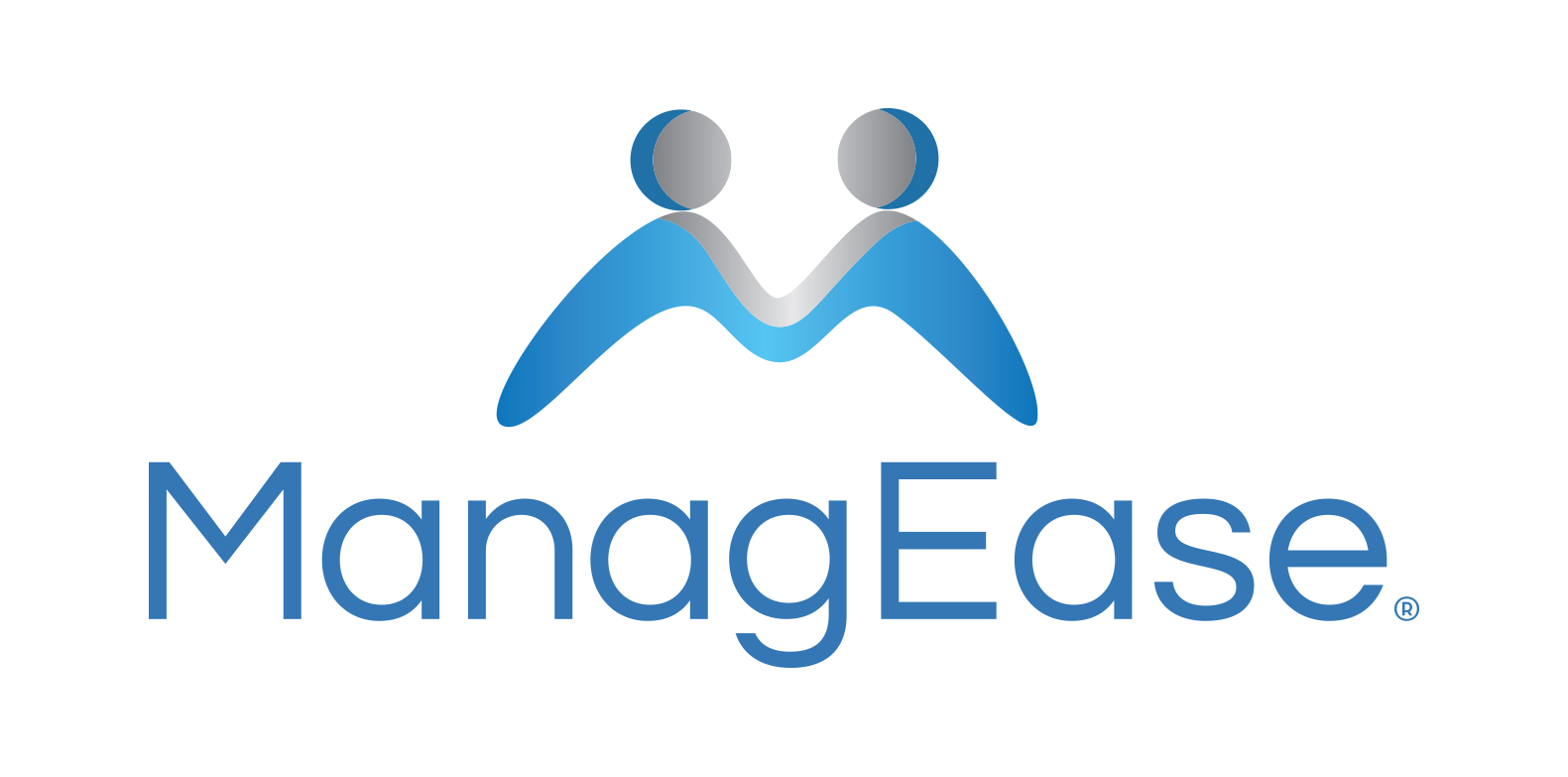New York, NY: Sick and Safe Time Changes
|
APPLIES TO All Employers with Employees in New York, NY |
EFFECTIVE October 15, 2023
|
QUESTIONS? Contact HR On-Call |
Quick Look
|
Discussion
Effective October 15, 2023, the New York City Department of Consumer and Worker Protection adopted changes to the Earned Safe and Sick Time Act (ESSTA). The most significant changes are:
- Covered Employees. Employees who physically work outside of the City of New York, including remote employees, are not covered by the ESSTA. If an employee performs hybrid work which requires them to regularly perform, or are expected to regularly perform, work in New York City, the employee is covered by the ESSTA. The hours worked within New York City are counted for the purpose of safe and sick time accrual and usage. The carveout that eliminated coverage for domestic workers has also been removed.
- Covered Employer. The ESSTA covers private employers with 100+ employees, requiring them to provide up to 56 hours of paid safe and sick time annually. Employers with less than 100 employees only have to provide up to 40 hours of safe and sick time annually. The regulations now clarify the headcount is based on the number of employees nationwide and is determined by counting the highest total number of employees currently employed at any point during the calendar year to date. This includes full and part-time employees, including those jointly employed, on leaves of absence, suspensions, and other temporary absences. Employers who reach the next coverage threshold in headcount must make an immediate, prospective change to the sick and safe time benefits provided.
- Notice and Documentation. Notice requirements, including the method of notice, must be included in a written policy. Reasonable methods of providing advance notice now also include sending an email to a designated email address or submitting a leave request in a scheduling software system. Also, an absence is foreseeable if the employee is aware of the need to use safe and sick time seven days or more before the use. Otherwise, the absence is unforeseeable. Also, employers requiring written documentation for the need for sick time must reimburse employees for all reasonable costs or expenses incurred in obtaining the documentation, including fees charged by a licensed health care provider. The requirement must also be included in a written policy along with the types of written documentation the employer will accept and instructions on how employees can submit the documentation.
- Notice of Leave Balances. The requirement of employers to show the amount of safe and sick time accrued and used during a pay period, and the total balance accrued on a pay statement or other written form includes both the total balance and the amount of time available for use if the two amounts differ. Employers using an electronic system to issue pay statements or other documentation must: 1) electronically alert the employee each pay period to the availability of the required information; 2) make the required content readily accessible by the employee outside of the workplace within the electronic system; and 3) maintain accrual, use, and balance information for any past pay period in the electronic system so that it is readily accessible to the employee outside of the workplace.
Action Items
- Review and update safe and sick leave policies.
- Track employee count to determine if ESSTA needs to be increased during the year.
- Update pay stubs to include sick leave accruals, usage, and balances.
- Have appropriate personnel trained on the updated requirements.
Disclaimer: This document is designed to provide general information and guidance concerning employment-related issues. It is presented with the understanding that ManagEase is not engaged in rendering any legal opinions. If a legal opinion is needed, please contact the services of your own legal adviser. © 2023 ManagEase
